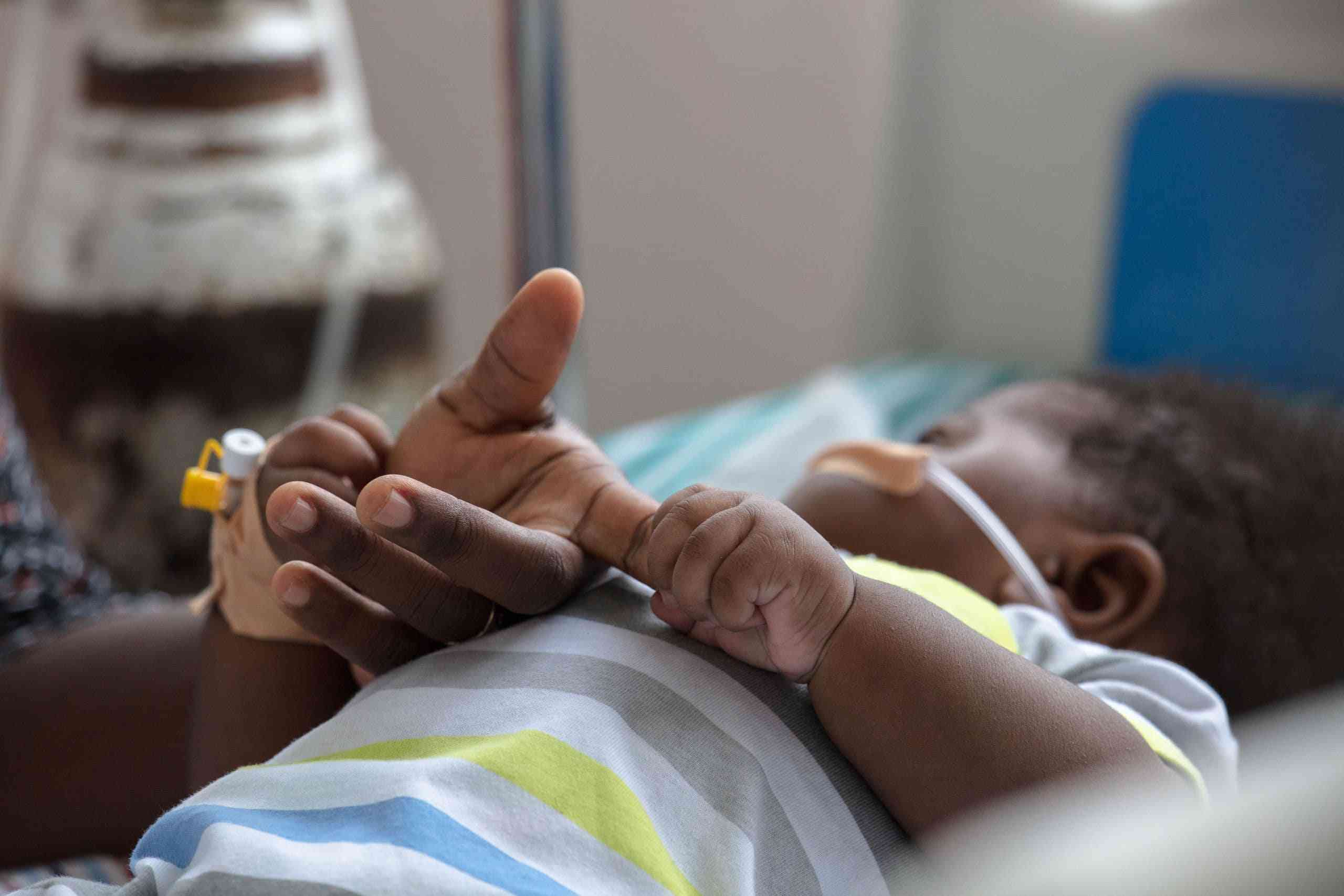
THE recent findings from the 2023/24 Zimbabwe Demographic Health Survey (ZDHS) present a deeply concerning — and frankly alarming — picture of child health in the nation, particularly regarding the surge in neonatal and infant mortality.
Neonatal mortality refers to the probability of dying within the first month of life, while infant mortality is the probability of dying between birth and the first birthday. Under-five mortality is the probability of dying between birth and the fifth birthday.
While the overall decline in under-five mortality since 1999 offers a glimmer of progress, the reversal in infant and, most strikingly, neonatal mortality rates demands immediate attention.
The under-five mortality rate decreasing from 102 to 69 deaths per 1 000 live births over two decades is a positive trend, suggesting that some interventions aimed at older children have had an impact.
This could be due to improved immunisation coverage, better management of childhood diseases such as malaria and pneumonia, or access to clean water and sanitation in certain areas.
However, this positive trend masks a deeply troubling reality beneath the surface. The increase in infant mortality from 50 to 56 deaths per 1 000 live births is a clear setback, indicating that gains made in saving older children are being undermined by challenges in the earliest stages of life.
The most critical and alarming data point is the neonatal mortality rate, which has skyrocketed to an “unprecedented high of 37 deaths per 1 000 live births” — the highest ever recorded in ZDHS history.
This figure is a stark indictment of the current state of maternal and newborn healthcare in Zimbabwe. Neonatal deaths are often direct indicators of the quality of antenatal care, delivery services and immediate postnatal care.
- Opinion: Is 18 years age of consent feasible in Zim?
- Candid Comment: Urgent reforms needed as neonatal mortality rates rise
Keep Reading
They reflect issues such as inadequate maternal health during pregnancy, challenges during childbirth and insufficient postnatal care, among other concerns.
According to the United Nations Children's Fund (Unicef) 2022 report, Levels and Trends in Child Mortality, if governments do not implement measures to curb child mortality, 43 million children under the age of five could die worldwide between 2021 and 2030, with sub-Saharan Africa accounting for 58% of the deaths.
The ZDHS findings, when juxtaposed with the country’s broader health crisis — characterised by a shortage of basic medical equipment, medicines and brain drain — paint a grim and interconnected picture. It is no coincidence that neonatal mortality is at an all-time high when hospitals lack essential resources and are grappling with a severe brain drain of healthcare professionals.
In essence, the alarming surge in neonatal and infant deaths is a screaming symptom of a system under immense strain and in dire need of urgent intervention.
Zimbabwe needs to review its maternal and neonatal health strategies, including urgent investment in healthcare infrastructure, address the skills flight, and strengthening antenatal and postnatal care, among other measures.






